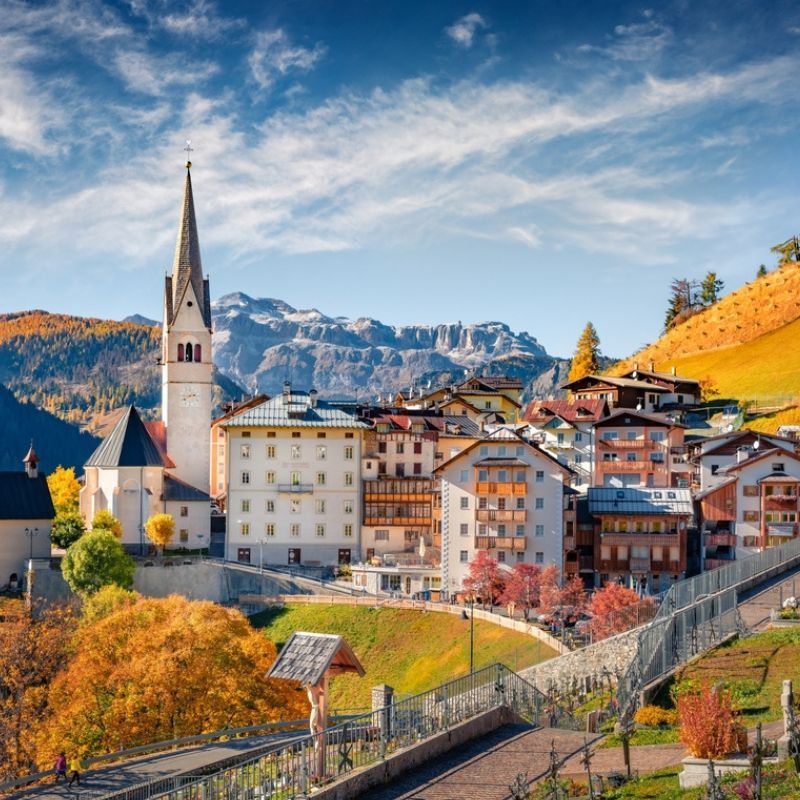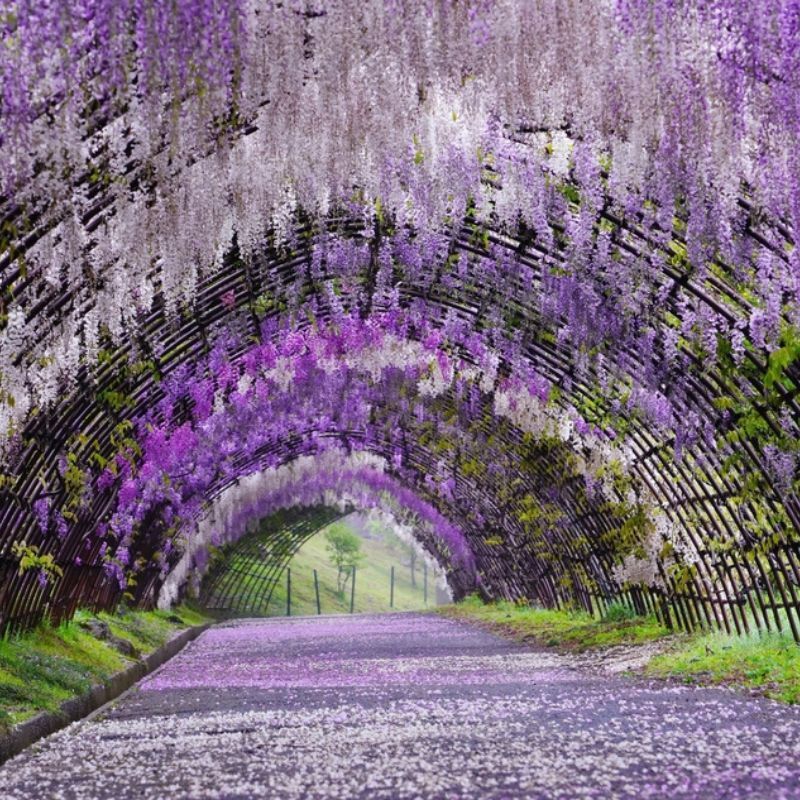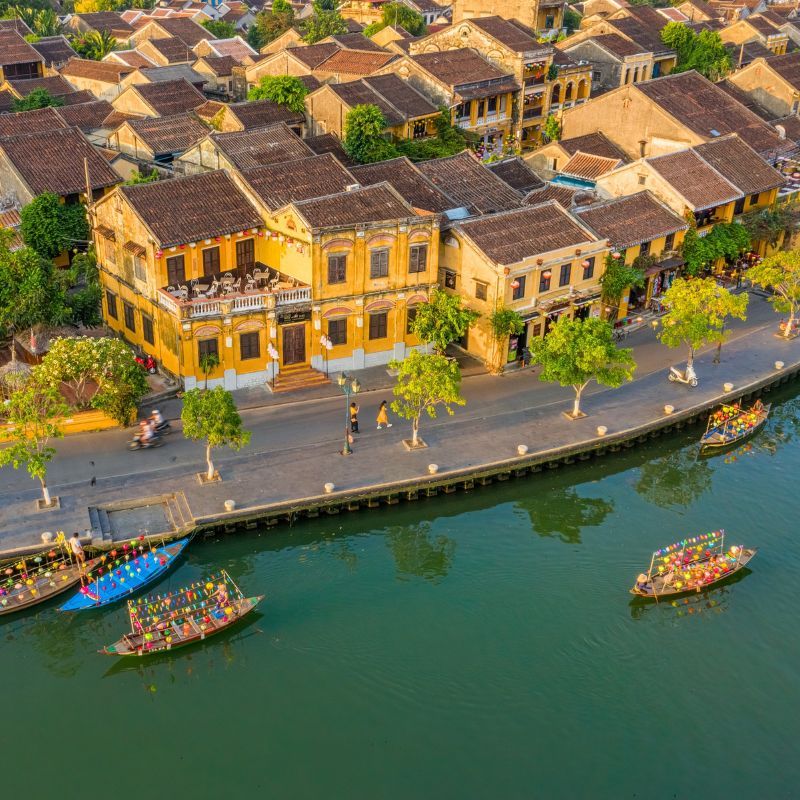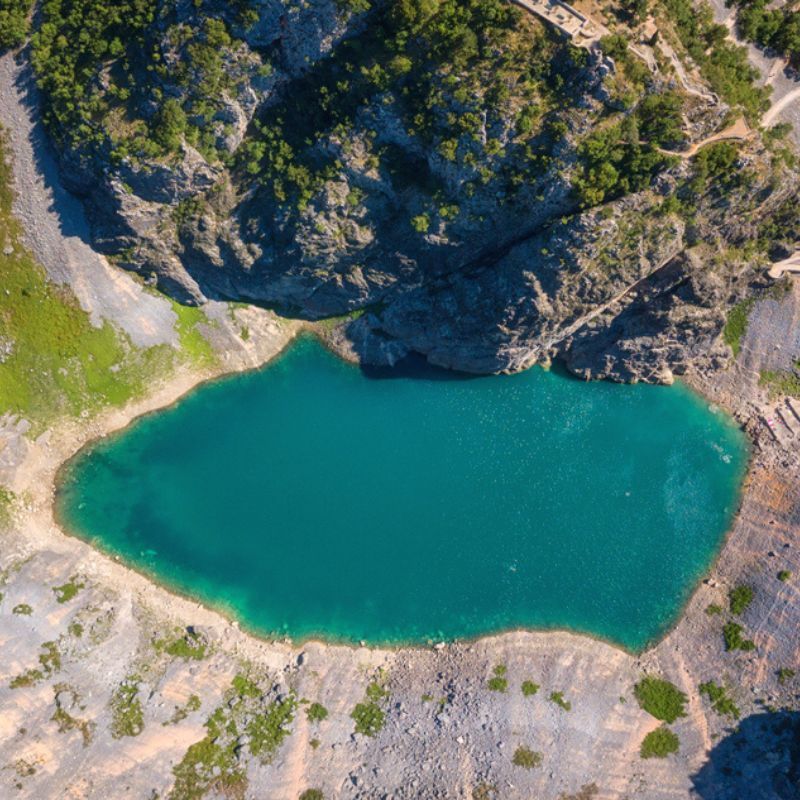
Irish government officials have approved a plan to require a hotel quarantine for travellers arriving from countries including Brazil, Austria, the United Arab Emirates, and 17 African nations. By Meena Thiruvengadam
Visitors will be required to remain in quarantine for 14 days and take several COVID-19 tests during their stay. However, travellers may be able to exit quarantine after 10 days with a negative COVID-19 test, The Irish Times reports.
Quarantine violations could be met with stiff penalties. For example, a first violation could be met with a €4,000 (nearly INR 3,50,918) fine or a month in prison, while a third offence could carry up to six months in jail and a €5,000 (approximately INR 4,38,648) fine, TheJournal.ie reports.

Of course, sneaking out of quarantine may not be so easy. The Irish government is expected to hire private security firms to manage quarantine facilities and escalate issues to local police.
The legislation is expected to take effect next month, and Irish officials have said they could potentially expand the list of countries. It’s not yet clear how much the quarantine — which is aimed at reducing the transmission of coronavirus variants — will cost, the BBC reports.
In the UK, visitors are required to prepay the £1,750 (approximately INR 1,77,527) bill for 10 days of required hotel quarantine in government-approved accommodations. That figure includes ground transportation and COVID-19 testing costs.
According to TheJournal.ie, Irish hotels will likely offer en-suite rooms with laundry and cleaning services to travellers subject to quarantine.
Meena Thiruvengadam is a Travel+Leisure contributor who has visited 50 countries on six continents and 47 US states. She loves historic plaques, wandering new streets and walking on beaches. Find her on Twitter and Instagram.
Related: Australia Will Still Require Vaccinated Travellers To Quarantine — Here’s Why










